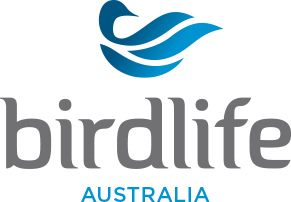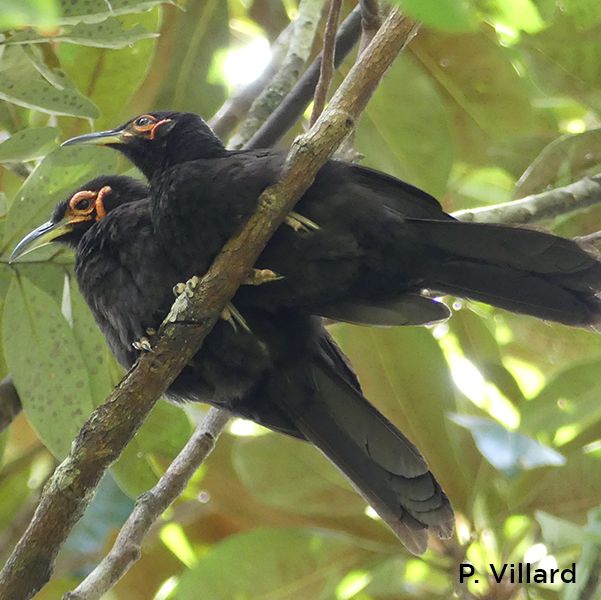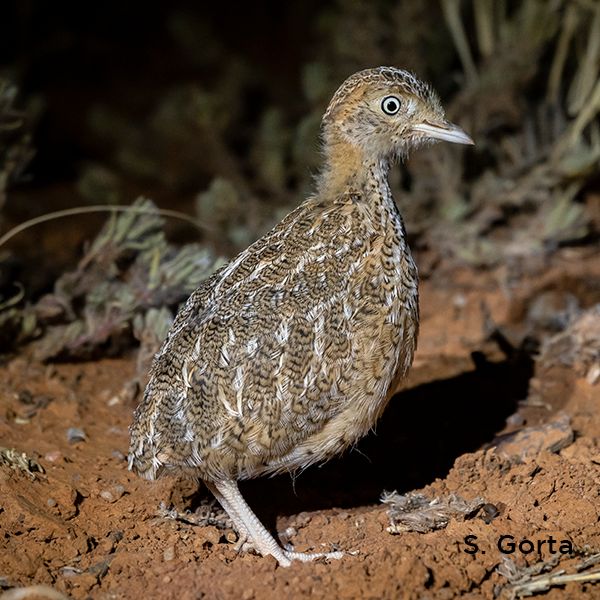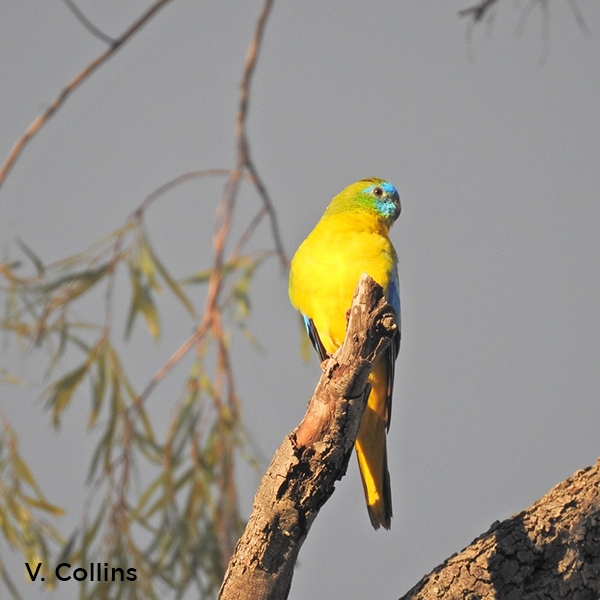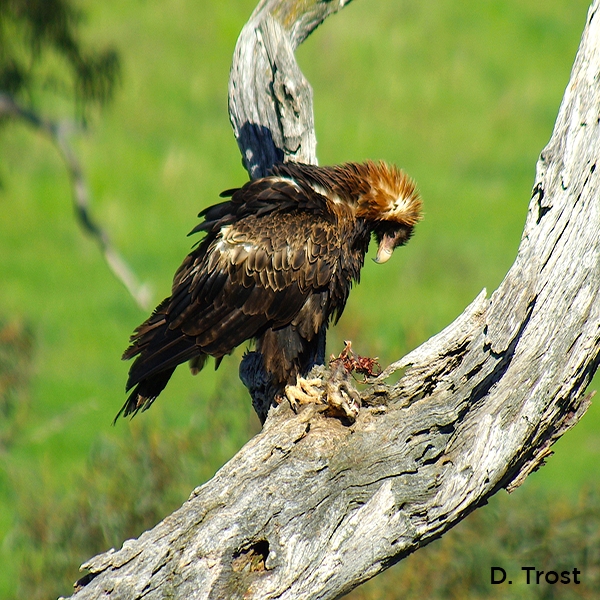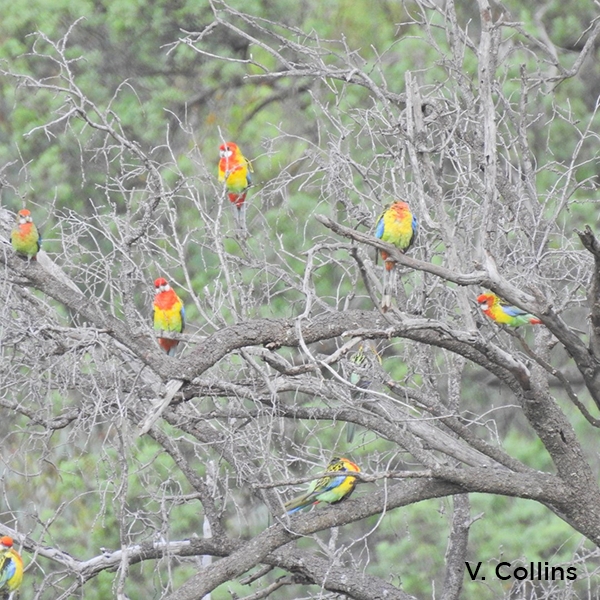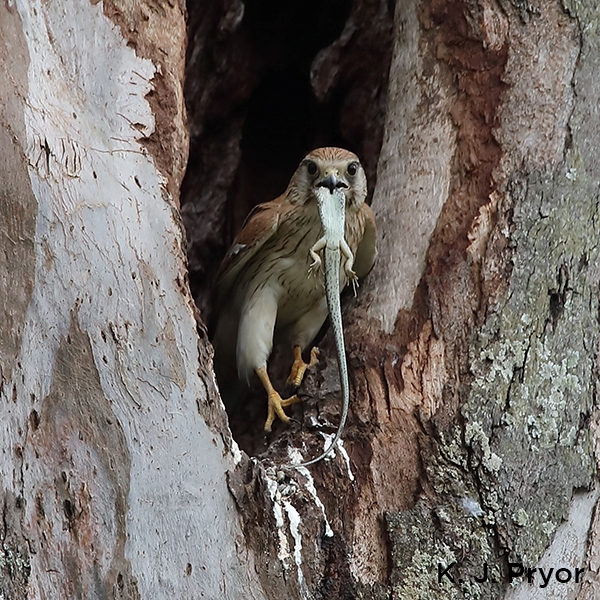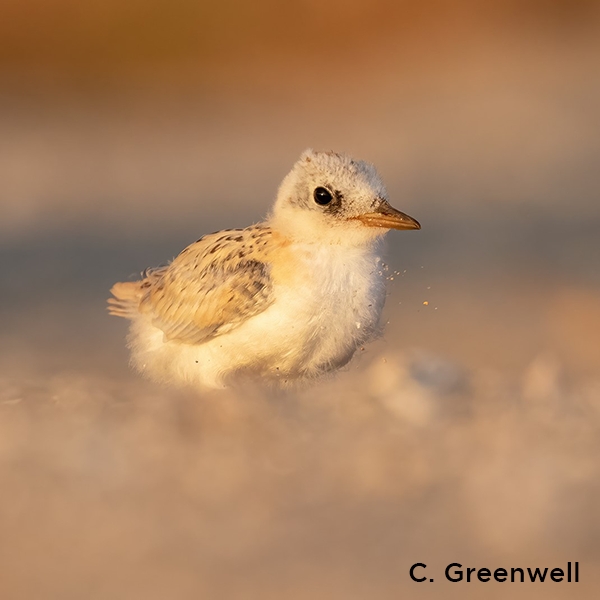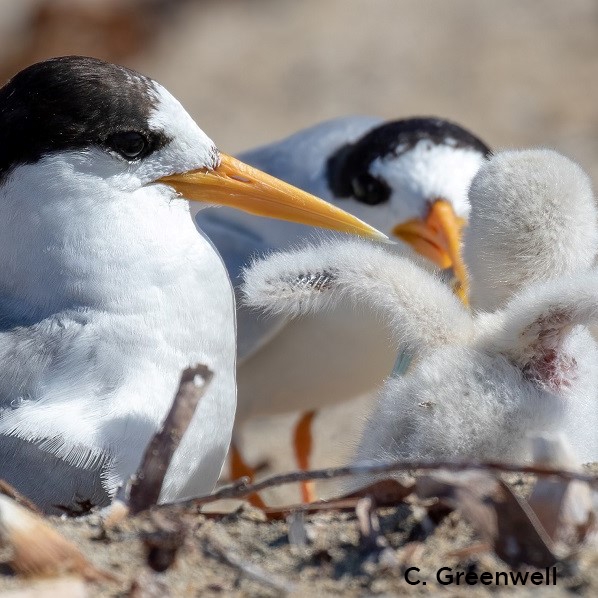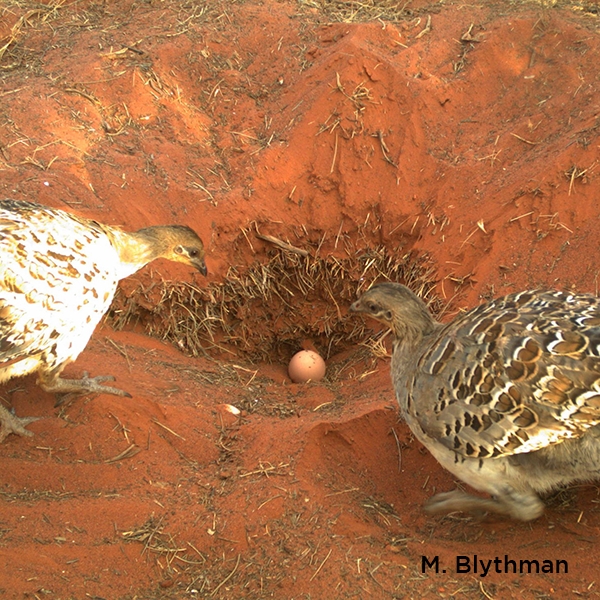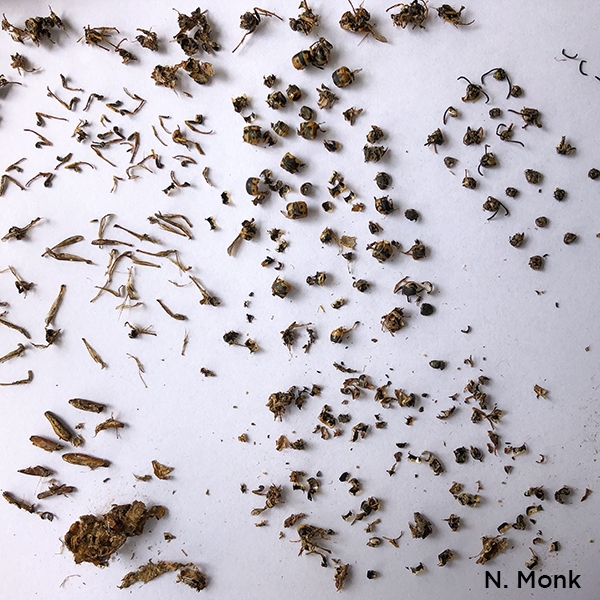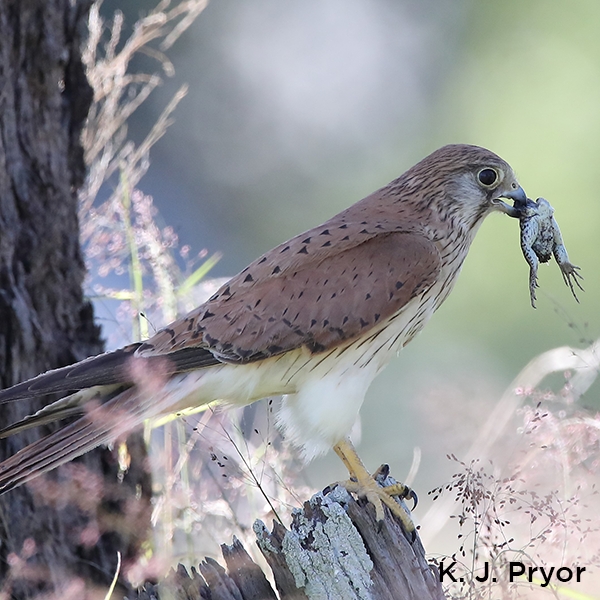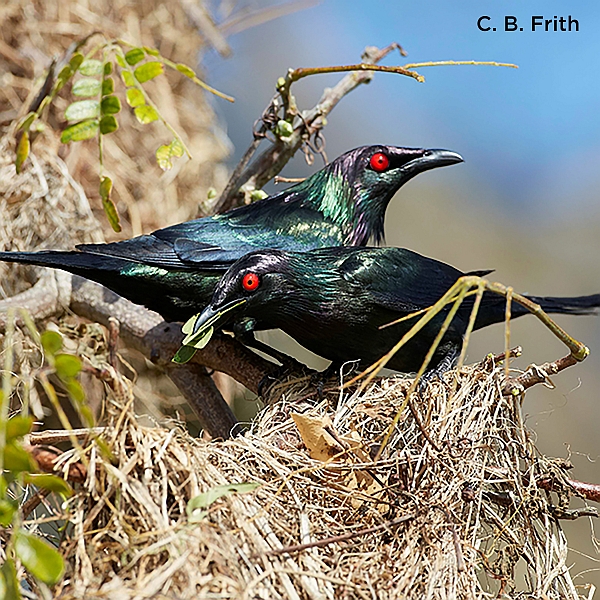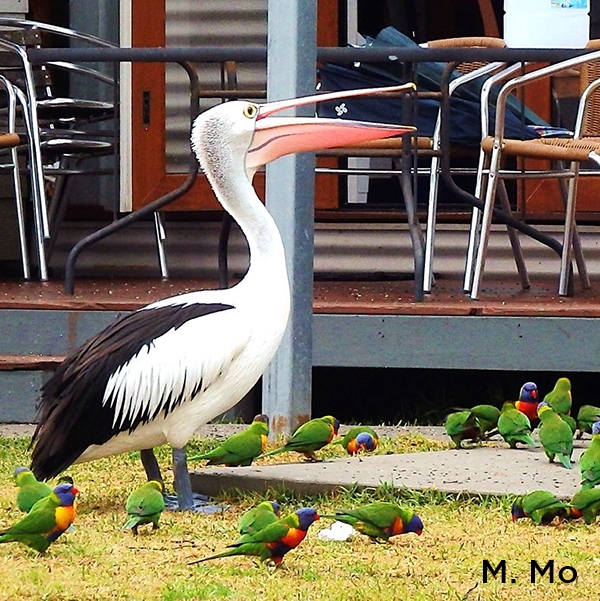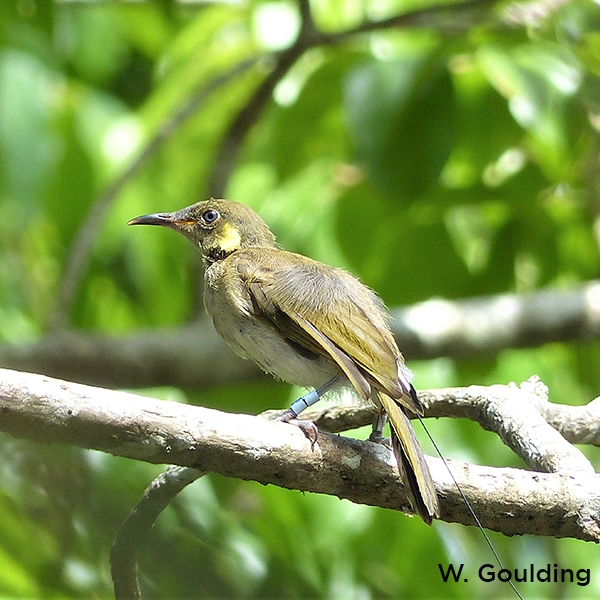Eagle deaths in Tasmania attributed to energy assets, with a precautionary appeal to future development
Gregory D. Pullen
Abstract
References
Bell, P. & Mooney, N.J. (1999). The Wedge-tailed Eagle Recovery Plan 1998-2003. Tasmanian Parks & Wildlife Service, Hobart.
Briscoe, T. (2019). Wind farm trials camera detection to protect Tasmanian wedge-tailed eagles from blade strikes. ABC News 5 November 2019. Available online: https://www.abc.net.au/news/rural/2019-11-05/the-eagle-has-landed-safely/11672018
Commonwealth of Australia (2015). Draft Referral Guideline for 14 Birds Listed as Migratory Species under the EPBC Act. Available online: https://www.dcceew.gov.au/environment/biodiversity/threatened/publications/epbc-act-referral-guidelines-migratory-birds
Hull, C.L., Stark, E.M., Peruzzo, S. & Sims, C.C. (2013). Avian collisions at two wind farms in Tasmania, Australia: Taxonomic and ecological characteristics of colliders versus noncolliders. New Zealand Journal of Zoology 40, 47–62.
Hunt, G. & Hunt, T. (2006). The Trend of Golden Eagle Territory Occupancy in the Vicinity of the Altamont Pass Wind Resource Area: 2005 Survey. Unpubl. report of California Energy Commission, PIER Energy-Related Environmental Research, CEC-500-2006-056. Available online: https://tethys.pnnl.gov/sites/default/files/publications/Hunt-2006.pdf
Huso, M., Dalthorp, D., Mintz, J., Nygard, T. & May, R. (2023). Modeling the spatial distribution of carcasses of eagles killed by wind turbines. Journal of Raptor Research 57, 456–467.
Mooney, N. (2005). Report to the federal court of Australia by a “Court Appointed Expert”. In: Proceedings of TAD 17 of 2005, Brown versus Forestry Tasmania (No 4) [2006] FCA 1729. Hobart.
Mooney, N. & Holdsworth, M. (1991). The effects of disturbance on nesting Wedge-tailed Eagles in Tasmania. Tasforests 3, 25–33.
Mooney, N., Holdsworth, M.C., Bell, P., Baker, G.B. & Garnett, S.T. (2021). Tasmanian Wedge-tailed Eagle Aquila audax fleay. In: Garnett, S.T. & Baker, G.B. (Eds). The Action Plan for Australian Birds 2020, pp. 368–370. CSIRO Publishing, Melbourne.
Murgatroyd, M., Bouten, W. & Amar, A.A. (2021). A predictive model for improving placement of wind turbines to minimise collision risk potential for a large soaring raptor. Journal of Applied Ecology 58, 857–868.
Pay, J.M., Patterson, T.A., Proft, K.M., Cameron, E.Z., Hawkins, C.E., Koch, A.J., Wiersma, J.M. & Katzner, T.E. (2022). Considering behavioral state when predicting habitat use: Behavior-specific spatial models for the endangered Tasmanian wedge-tailed eagle. Biological Conservation 274, 109743.
Rogers, D. (2022a). Assessment of effectiveness of the IdentiFlight® Avian Detection System. Report for Wild Cattle Hill Wind Farm in satisfaction of EPBC Approval 2009/4838 Conditions 6A–6C. Goldwind, Sydney. Available online: https://cattlehillwindfarm.com/wp-content/uploads/2022/03/Assessment-of-IDF-Avian-Detection-System-FINAL_updated.pdf
Rogers, D. (2022b). Cattle Hill Wind Farm - Annual Environmental Review 2022. Review period: 1 July 2021 to 30 June 2022. Prepared in satisfaction of State EPN 10105/1 Condition G10. Goldwind, Sydney. Available online: https://cattlehillwindfarm.com/wp-content/uploads/2022/10/CHWF-AER-2022-FNL-041022-3.pdf
Schippers, P., Buij, R., Schotman, A., Verboom, J., van der Jeugd, H. & Jongejans, E. (2020). Mortality limits used in wind energy impact assessment underestimate impacts of wind farms on bird populations. Ecology and Evolution 10, 6274–6287.
Smales, I. (2006). Impacts of Avian Collisions with Wind Power Turbines: An Overview of the Modelling of Cumulative Risks Posed by Multiple Wind Farms. Report to Australian Government Department of the Environment and Heritage by Biosis Research Pty Ltd. Available online: https://www.dcceew.gov.au/sites/default/files/documents/wind-farm-bird-risk.pdf
Tasmanian Government (2020). Tasmanian Renewable Energy Action Plan. Department of State Growth, Hobart. Available online: https://recfit.tas.gov.au/renewables/tasmanian_renewable_energy_action_plan
Tasmanian Government (2022). Offset Guidelines for Impacts to Threatened Eagles from Wind Farm Developments. Department of Natural Resources & Environment, Hobart. Available online: https://nre.tas.gov.au/conservation/development-planning-conservation-assessment/offset-guidelines-for-impacts-to-threatened-eagles-from-wind-farm-developments
TasNetworks (2023). Annual reports. Available online: https://www.tasnetworks.com.au/about-us/publications
Thaxter, C.B., Buchanan, G.M., Carr, J., Butchart, S.H., Newbold, T., Green, R.E., Tobias, J.A., Foden, W.B., O’Brien, S. & Pearce-Higgins, A.M. (2017). Bird and bat species’ global vulnerability to collision mortality at wind farms revealed through a trait-based assessment. Proceedings of the Royal Society of London B 284, 20170829.
Threatened Species Section (2006). Threatened Tasmanian Eagles Recovery Plan 2006-2010. Department of Primary Industries & Water, Hobart. Available online: https://nre.tas.gov.au/Documents/Threatened-Tasmanian-Eagles-RP.pdf
Woolnorth Renewables (2021). Musselroe Wind Farm Annual Environmental Review 2020-21. Woolnorth Renewables, Launceston, Tas. Available online: https://woolnorthrenewables.com.au/wp-content/uploads/2021/09/MRWF-Annual-Environmental-Review-2020-2021.pdf
